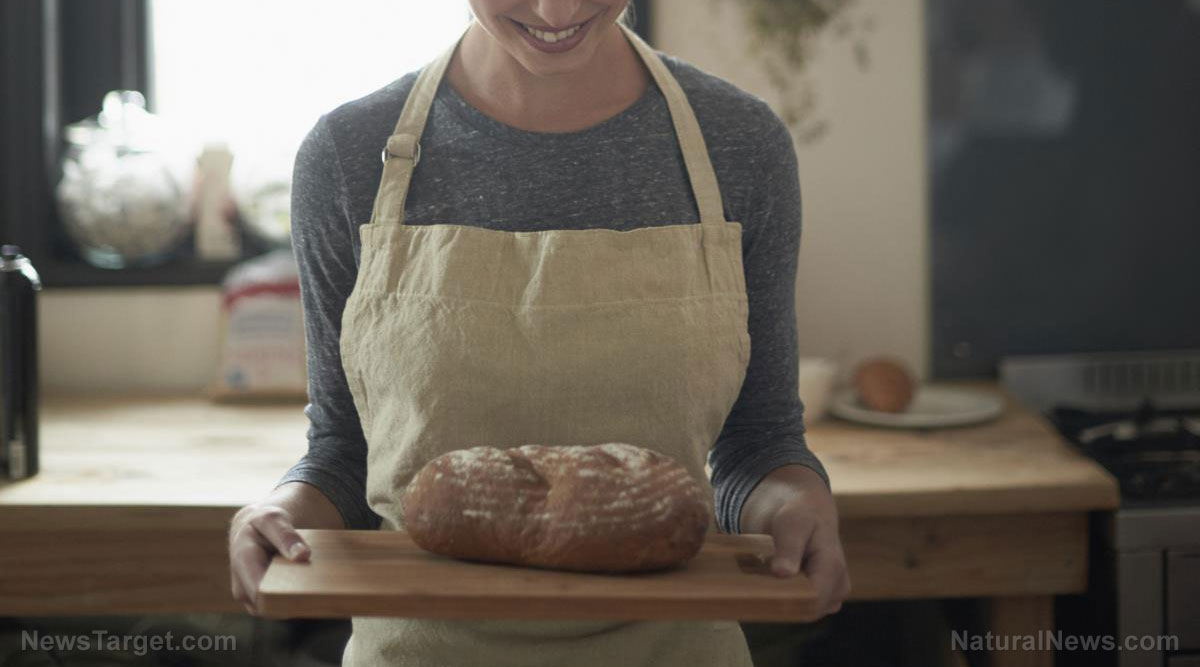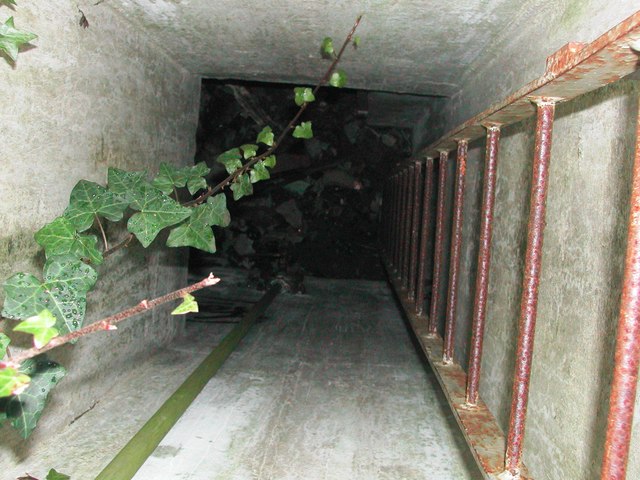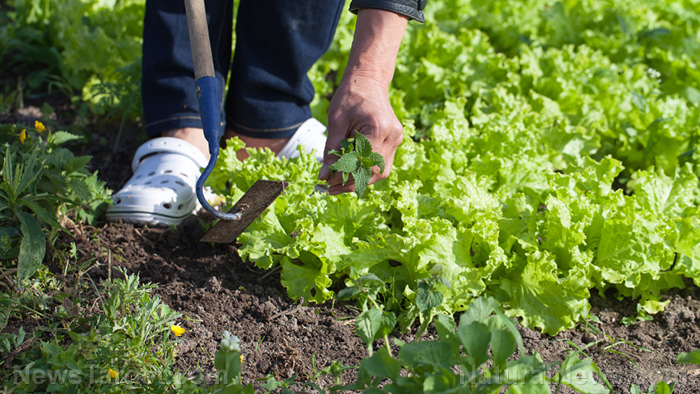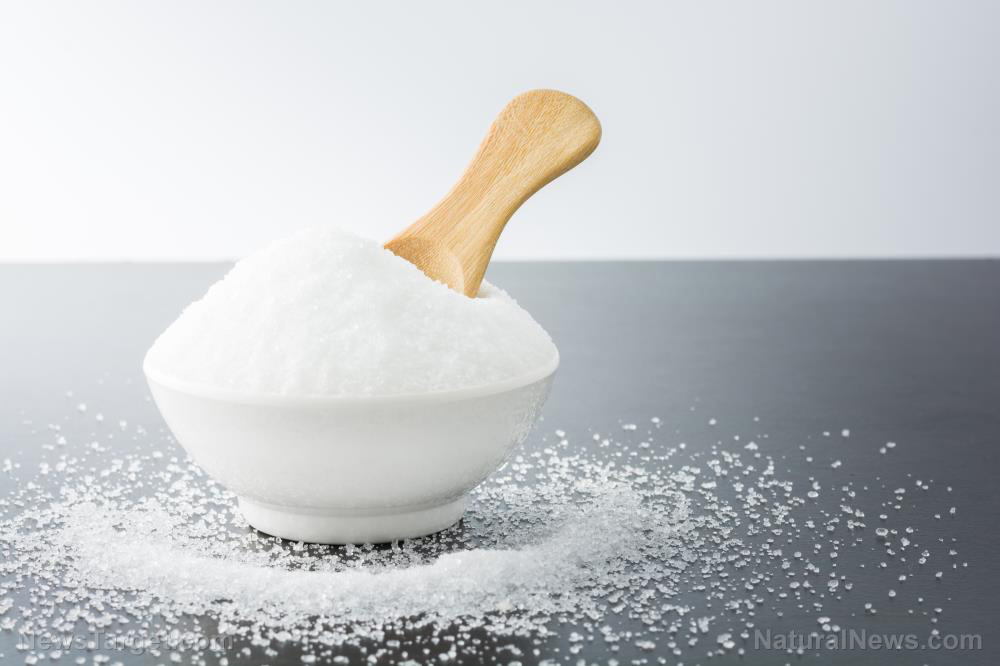Save money and minimize food waste using this simple kitchen organization hack
11/11/2019 / By Zoey Sky

Food waste is a serious problem that harms not just the environment, but also your budget. To help your family live a greener lifestyle (and reduce food expenses), try this organization tip to minimize food waste.
Emma Loewe, Mind Body Green’s sustainability editor, talked to Ben Simon, the co-founder of Imperfect Foods, a company that sources and redistributes imperfect produce, about easy ways to reduce food waste.
What is an “eat this first” shelf?
According to Simon, he avoids waste in his kitchen by having an “eat this first” shelf, which contains items that are nearing their expiration date, but are still safe to eat. He explained that instead of throwing away food, you can leave items on this shelf so that the next time you need ingredients, you’ll first use up food from this part of your fridge.
Loewe then consulted Angel Veza, a food waste expert and director of hospitality advisory for First Principle Group, to learn more about the best way to set up an “eat this first” shelf.
Veza has experience designing food waste reduction strategies for restaurants and major companies (e.g., Google) and she supports the green practice of the “eat this first” shelf, a technique that’s very similar to the “first in, first out” rule often observed in professional kitchens.
According to Veza, the shelf helps you determine which items went in first and which products need to be used immediately. When you buy new products, you should place them at the top of your fridge as you move the older food down.
Doing this ensures that food reaches the bottom shelf, or your “eat this first” shelf. The best thing is, this bottom shelf is the best place for older food since it is usually the coldest spot in most refrigerators, ensuring that food stays fresh for as long as possible.
If you or certain family members are forgetful, you can remind yourself by putting up a sign for your “eat this first” shelf. The next time you’re whipping up something in your kitchen, you know which shelf to check first for ingredients whenever you open your fridge. (Related: Food waste being recycled to become consumer products.)
Tips for using up everything in your “eat this first” shelf
Arrange food items on this bottom shelf strategically to maintain shelf life. Always separate fruits and veggies since gases from fruits will make other produce deteriorate quicker.
To make vegetables like asparagus and various herbs last longer, chop off the stems and store them upright in a jar filled with water, just like a bouquet of flowers.
If you’re not sure what to do with the other foods in your “eat this first” shelf, try some of the suggestions below.
- Eat broccoli stalks, which are just as nutritious as broccoli florets.
- Use leftover herbs and vegetables to make creamy veggie soup.
- Add mushy (but still edible) fruit to chia jam.
- Cook with beet tops, celery leaves, kale stems, and parsley stems.
- Add herbs to make a nutrient-rich detoxifying soup.
- Freeze avocados and strawberries to make smoothies.
- Make healthy chips from leftover beet greens.
- When cooking with items that don’t have “inedible” waste, like chicken bones, onion skins, or winter squash guts and peels, make some stock.
Other ways to reduce food waste include buying “ugly” produce, meal planning, and eating leftovers. Anything you don’t end up using before it goes bad can be added to a compost pile that will help enrich the soil in your garden.
When buying groceries, only purchase what you need and place older food items in your “eat this first” shelf to reduce food waste and save money on groceries.
Sources include:
Tagged Under: environment, FIFO, first in first out, food safety, Food storage, food supply, food waste, green living, groceries, kitchen, leftovers, organization, organization tips, sustainable living
RECENT NEWS & ARTICLES
FoodStorage.News is a fact-based public education website published by Food Storage News Features, LLC.
All content copyright © 2018 by Food Storage News Features, LLC.
Contact Us with Tips or Corrections
All trademarks, registered trademarks and servicemarks mentioned on this site are the property of their respective owners.


















